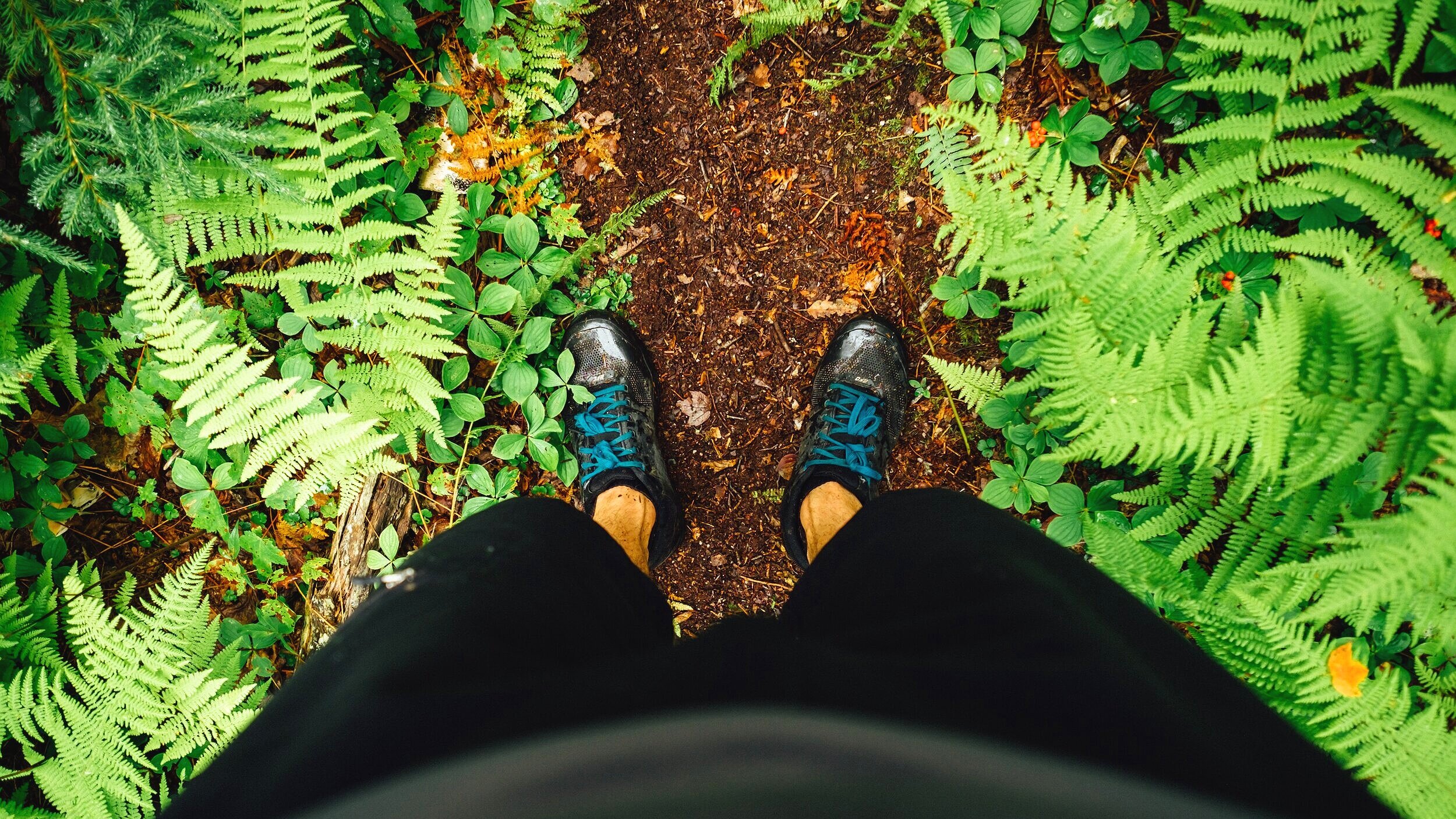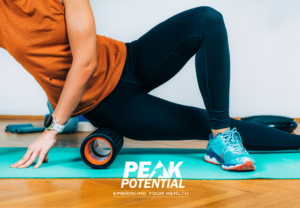
Trail running calls to many runners for different reasons.
More people have recently taken up trail running to keep social distance while still getting out on an adventure. If we are honest, we all are pretty bored of walks and runs around our own neighborhoods.
Many runners are drawn to the trails because of the soft dirt under their feet feels “easier” on their bodies than the road. There is some truth to this in that runners tend to take shorter and more varied steps on trails, which does decrease impact.
Trails offer many benefits, but injuries do still happen. The same goes for walker, joggers, and hikers. So, if you decide to hit the trail this summer – or you have enjoyed it for years – keeping in mind a few form tips will keep you happy and healthy for the long haul.
-
Always Pick Up Your Feet
The fun part of trail running is maneuvering the many rocks, roots, and downed branches along your path. However, our feet must be able to react to these changes and we need to pick up our feet more than we would running along the road.
This puts us at increased risk for falls and sprained ankles. The improve agility and foot clearance, so some jump roping as part of your warm up or practice box jumps on off days.
-
When Running Uphill . . .
Lean into the hill to use your glute muscles. Many people have poor for running up hill by slumping from the hips. This creased increased pressure on the knees and you have less power to propel you up the hill. The result can be knee, back, and even shoulder pain.
Instead, lean forward from your ankles and push through your glutes (buttock) muscles. This allows you to move your body forward with the least amount of work. However,r proper glute and hip strength are required to get the job done.
-
When Running Downhill . . .
Continue to lean into the hill. Although downhill runs might seem easier, they can cause sore quads (thigh muscles), knee injury, and heel pain for many. You naturally experience higher impact on your joints because the ground is sloped away fro you.
Decrease the impact by leaning forward – a small lean – down hill and taking quicker small steps. Keep the abdominal tight (as if you are in a standing plank) and feel like you are “braking” with your heels to control your movement. Practice first on easy downhills or the road first.
You will want to take all three of the tips into account when if you want plan to make trail running part of your regular routine. It’s important to train for this particular movements off the trail as well.
If you find aches and pains creeping in during your runs or training, give us a call and our Doctors of Physical Therapy can help guide you to the next best step to give you the best chance of continuing to enjoy the great outdoors for a lifetime.
Click the link below for a Free phone consult with one of our orthopedic experts.
Looking for more in depth advice on running injuries? Download our free report 8 Proven Ways for Runners to Stop Nagging Hip & Knee Pain. Click the link below to learn 8 different ways to ease hip and knee pain… even if you’ve suffered for months or years and your doctor told you nothing could be done to help!




